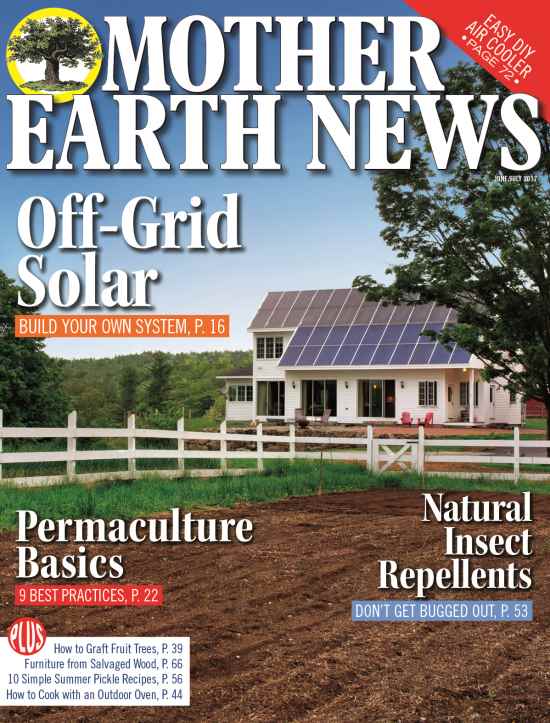Excerpted from Bioshelter Market Garden by Darrell Frey
Many people get started in market gardening by selling excess produce from their home garden. This is a reflection of the origin of traditional farming around the world. In traditional economies, the farm household produced many products for home use. Excess crops were sold or traded for other products and services. The opposite end of the marketing spectrum is growing only one or just a few crops for sale, with little or no home consumption. But this is the kind of commodity production that eventually leads to monocultures and using land as a site of production rather than within an integrated system. A permaculture farm, on the other hand, is a return to the traditional farm economy. Home processing and consumption is an important aspect of the sustainable farm.
Producing posts, poles, fuel wood and other garden supplies and materials can reduce costs to the farmer and help balance the farm accounts. A plan for feeding the farmer and a community of customers entails planning for a healthy diet and menu. So, creating a diverse food system for the farmer is as important as selling crops. We eat very well, with plenty of herbs and vegetables. Our diet varies with the seasons. Fruits include currants, raspberries, blueberries, strawberries, apples and pears. Asparagus and wild edibles such as cattails and fiddlehead ferns are used seasonally. Fish from the pond and sometimes the wild rabbits that threaten to eat our crops end up on our dinner table. Many farm products under trial are first used in family meals and work crew lunches.
You may also enjoy these excerpts from Bioshelter Market Garden:
This excerpt has been reprinted with permission from Bioshelter Market Garden by Darrel Frey and published by New Society Publishers, 2011.











